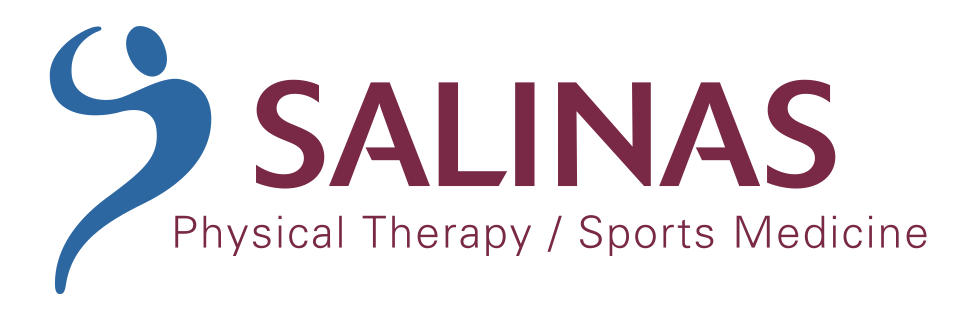Phone: (714) 695-1566
Fax: (714) 695-1553
Email: [email protected]
23655 Via Del Rio, Suite C
Yorba Linda, CA 92887

Phone: (714) 695-1566
Fax: (714) 695-1553
Email: [email protected]
23655 Via Del Rio, Suite C
Yorba Linda, CA 92887

This time of year, many people are focused on fitness so it’s worth taking a look at what the term fitness really means. The dictionary defines fit as “sound physically and mentally, healthy.” Using that definition, many “fitness” routines fall short of the goal. If you don’t enjoy running and dread every workout, you’re probably falling short of the “sound mentally” portion. Exercise should be enjoyable, reduce stress, and leave you feeling better, not worse.
Exercise should also leave you feeling better physically. If you can run a good time in a 5k, but have aches and pains for days after, you’re not “sound physically.” If you are increasing your PR in the squat rack, but your joint pain is increasing right along with it, you’re not “sound physically” either. Sure, some muscle soreness and fatigue after a hard workout is normal. But if you’re having pain that doesn’t go away, sore joints, or trouble moving after exercise, you’re probably developing movement dysfunction along with your fitness.
Go back to the dictionary and you’ll find that dysfunction is “impaired or abnormal functioning.” So movement dysfunction is impaired or abnormal movement. When someone has a movement problem like a sore joint, limited range of motion, or strength loss, the brain finds a way to get the body to do what it wants. That usually means moving in a way that is less than optimal. For a while, it works. But eventually, it leads to injury. As a concrete example, think of someone who has trouble bending one knee doing squats. When one knee bends further than the other, it will cause one side of the pelvis to drop lower than the other. Now that the pelvis isn’t level, the spine bends towards the high side to stay balanced. When that one side of the pelvis drops lower than the other one, it also usually rotates. Now the spine has to bend to the side and twist to keep you upright. This works for a while, but as weight gets added to the squat, and the repetitions add up so does the risk for a back injury.
Pain during workouts, or pain and soreness that don’t go away after can be warning signs of movement dysfunction. If you’re experiencing any of these, our Physical Therapists are movement experts who can help. We are trained to analyze movement, and figure out the root cause of your problem. We will then design a treatment program to address the cause of your problem, and correct the abnormal pattern. There is no need to wait until you’re injured to see your physical therapist. In fact, it’s preferable not to. Getting minor problems fixed early means fewer visits, less pain, and not having your workouts put on hold by injury.
If you are suffering from an injury or painful condition, or just need help getting started with your fitness routine, we can help. Contact our office for a free Complimentary 15-minute Screening with one of our therapists.
[button link=”https://salinaspt.com/contact/”] Contact Us[/button]
Learn More!
Trending Topic | Reducing Sedentary Behavior
Reducing Sedentary Behaviors: Sit Less Move More
We’ve partnered with the Ameican Physical Therapy Association to give you Fit FACTOR. Fit Factor is a comprehensive survey that allows you to get a better grip on your physical health. It’s packed with valuable videos and tips to improve your mobility and strength all from the comfort of your home. Click the logo below to get started: